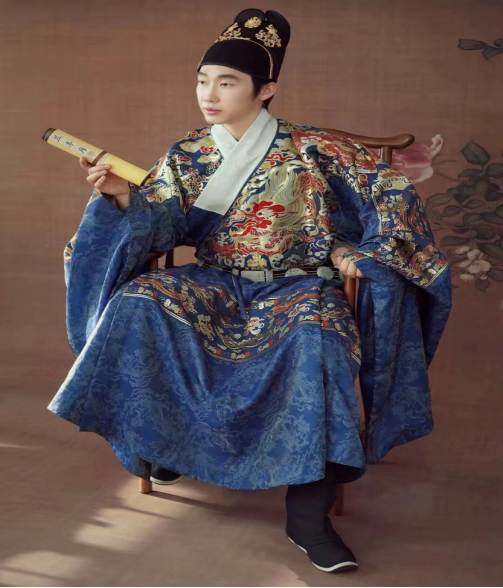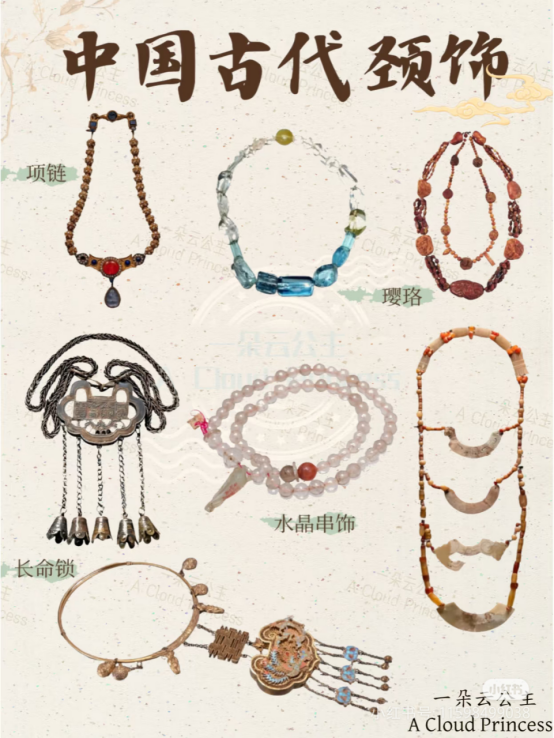The formation of clothing in each ethnic group has its unique factors. For Tibetan clothing, it is inseparable from the natural environment and climatic conditions of the Qinghai-Tibet Plateau. In addition, production and lifestyle are also important factors for the formation and development of clothing. We all know that the inheritance of clothing customs has always been closely connected with the historical and cultural development history of the nation, reflecting the national collective wisdom and containing unique aesthetic awareness and taste. So how does Tibetan clothing perform in this regard?

Types of Tibetan clothing
Tibetan clothing is composed of six parts: clothes, pants or skirts, hats, boots, accessories, and ornaments. In its development, it has been deeply influenced by natural conditions, labor production, and cultural exchanges. Due to differences in living geography, climate, and occupation, various types of clothing have been formed. From a regional perspective, it can be distinguished into agricultural and pastoral areas types, which are the basic types of Tibetan clothing; according to lifestyle, it can be distinguished into rural and urban types; from the perspective of identity, it can be divided into types such as common people, monks, and high-ranking officials. The traditional clothing of high-ranking officials in Tibet is made of high-grade materials, with exquisite workmanship and various patterns, and particularly pays attention to the correspondence between clothing and identity and status. The clothing of common people follows the general norms, and the shape is relatively simple. Monks, because of their noble status, also pay attention to clothing, adding religious elements on the basis of ordinary Tibetan clothing.

Tibetan clothing has typical design elements
Tibetan traditional clothing presents the characteristics of thickness and complexity in style. Fat waist, long sleeves, large placket, right lapel, long skirt, long boots, braided hair, etc. are all typical design elements. The overall style of the robe is loose and fat. The inside can accommodate personal items; the design of the right lapel and the exposed right arm not only facilitates walking and labor but also can tie the two sleeves around the waist to form a “pouch”, which can be quickly put on the sleeve covers to keep warm when cold. The Tibetan robe perfectly combines aesthetics and practicality, forming the basic design foundation of the clothing.

Tibetan clothing in different occasions
Tibetan clothing not only has a high degree of human body aesthetics in design but also presents multiple applicable scenarios. During daily labor, people wear simple and wear-resistant 氆氇 (pulu) robes, which are convenient for shepherds to graze and farm women to farm. During festivals, ceremonial clothing comes in handy. Festive costumes decorated with gold and silver jewelry, luxurious robes inlaid with otter skin, and precious bazhu headdresses also appear; in religious ceremonies, monks wear crimson monk robes solemn and solemn, and the clothing of believers tends to be simple and elegant.

The design elements of Tibetan clothing are diverse, integrating national wisdom and aesthetic pursuit, and are the concrete expression of the spiritual world of the Tibetan people. It not only responds to the harsh natural environment but also carries the desire of the soul. Every flutter of the clothes is a caress of the cultural context of the Tibetan people. Every element of Tibetan clothing is telling the legend of the ancient plateau.







